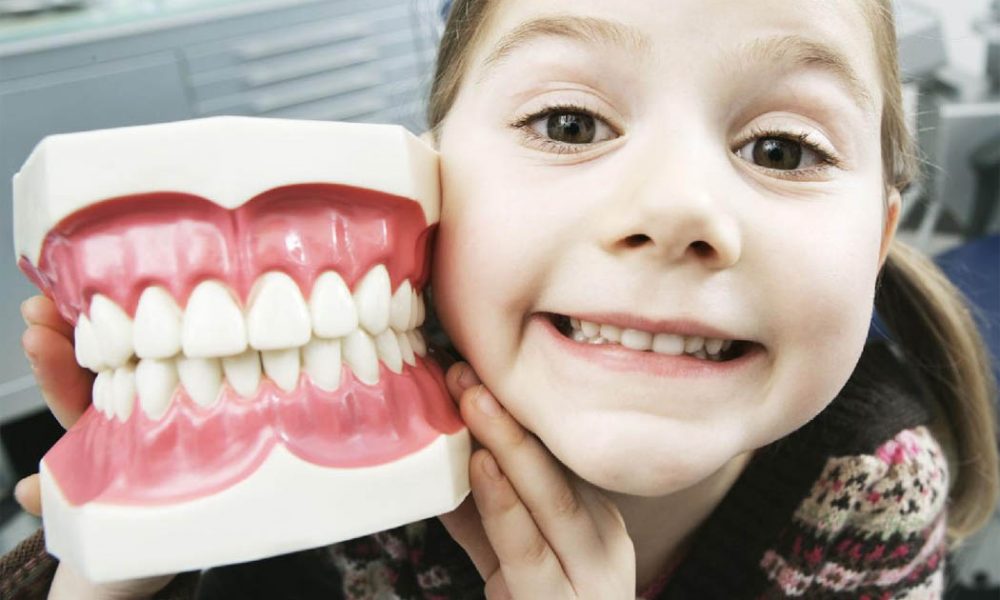Malocclusion in children often leads to serious problems. It often becomes the main reason for the delay in the development of speech and the occurrence of problems with the pronunciation of individual sounds. A person may have sleep disturbances, inflammatory diseases of the respiratory system, digestive problems, snoring, and aesthetic dissatisfaction in adulthood because of it. Serious malocclusion in childhood affects the location of the joints and temporal bones. The correct bite is the key to healthy teeth, so you need to pay attention to it from a very young age.
How to identify an incorrect bite
First of all, it is necessary to define the correct bite. The teeth on the upper and lower jaw are in a certain ratio relative to each other. The teeth of the upper jaw should overlap the same teeth of the lower jaw by one-third of the height of the tooth crown.
With an incorrect bite, the jaws won’t close completely. The teeth do not connect completely or are shifted relative to each other. It happens when one or more teeth in the lower or upper jaw are missing or shifted in different directions. In all these cases, the best way out is to visit the kid's orthodontist.
Tips for preventing malocclusion
You need to take care of the baby’s teeth from a very young age. It will be better for both the child and his/her parents. Some aspects can be avoided altogether and may be corrected when the bite is formed in children. There are six practical tips for this:
1. When feeding the newborn, pay attention to how the child grips the nipples or pacifier. The baby should not curl the lips inside when sucking. If you immediately show the kid how to do it correctly, then there will be no need to retrain.
2. Do not abuse the pacifier! Although the sucking reflex of the child should be satisfied, it should be given only when necessary. It would be better to use an orthodontic pacifier, although it doesn't contribute to the formation of a proper bite. The child shouldn't suck any pacifier for more than six hours a day.
3. You need to wean kids off from pacifier and bad habits (sucking fingers or toys) after they reach the age of two. If some of the habits turn out to be persistent, this can already be a psychological problem.
4. It is necessary to carefully monitor the position of the child's body during sleep. You shouldn't allow the baby to sleep with the head thrown back, with an opened mouth, snoring, breathing badly, and waking up due to lack of air.
5. The direct responsibility of the parents is to closely monitor the health of the ears, throat, nose and prevent their illness. If breathing is very difficult and the baby has to breathe through the mouth, there is a risk of malocclusion.
6. Take care of the baby teeth, since their improper development will entail problems with the health of permanent teeth.
Bite correction in children
Changing the wrong bite in children is a difficult task that requires constant attention. During the growth and development of the baby, the size of its jaws changes and you need to choose the right orthodontic instrument. For example, such tough methods as braces are allowed for use by a child no younger than 10-12 years old after preliminary observation and consultation of specialists. It is better to use only soft removable orthodontic appliances for little kids.
Malocclusion in young children requires close attention. During this period, active prophylaxis and acceptable treatment are necessary. At an older age with stronger bones, it will be much more difficult to cope with the problem. Prosthetics must be performed at any age of the child at the time of premature tooth loss because the adjacent teeth will move and the overall growth of the jaw will be impaired. The malocclusion in children needs to be corrected as early as possible or the problem will only increase as they grow older.








